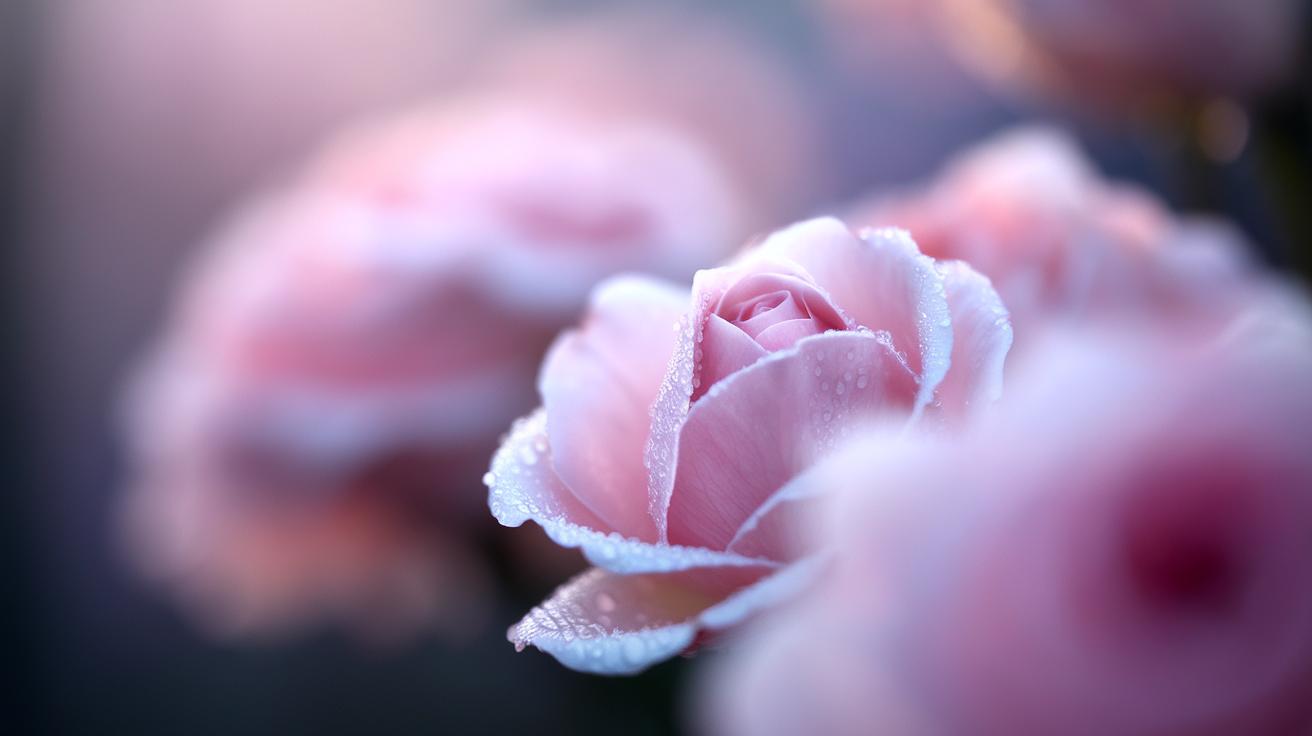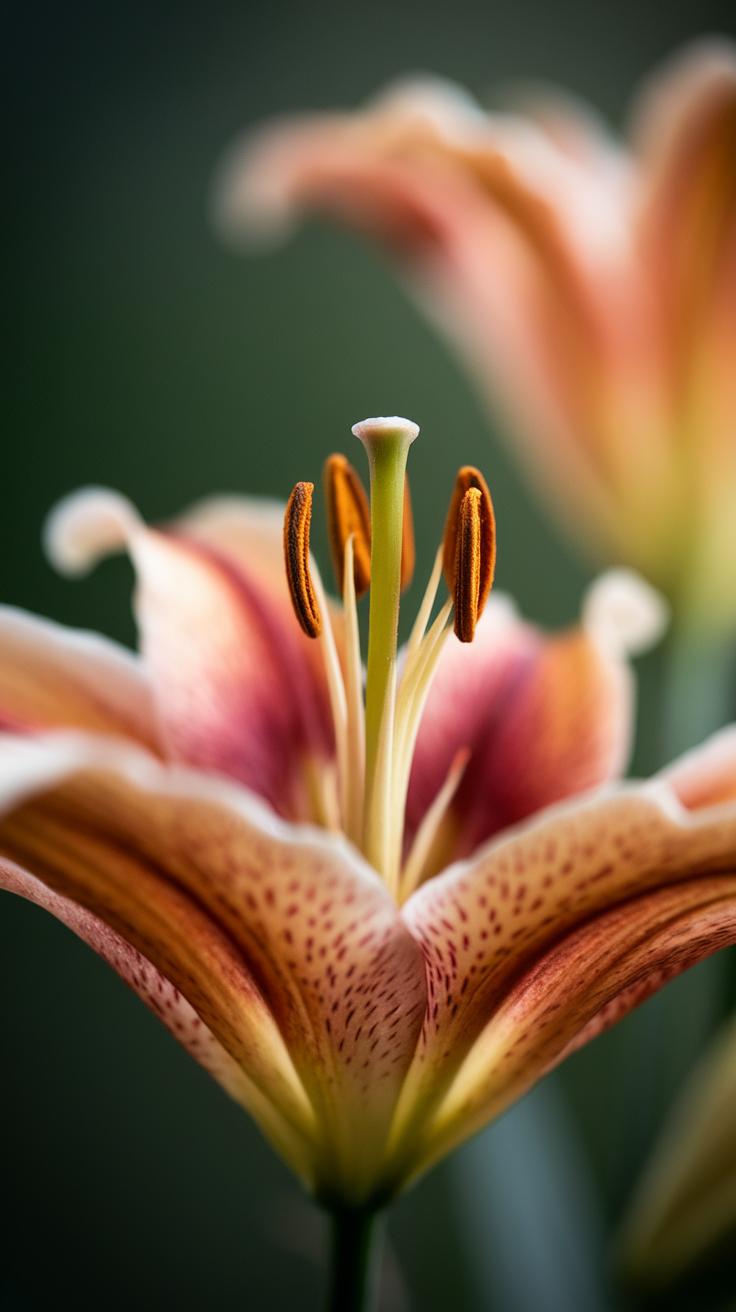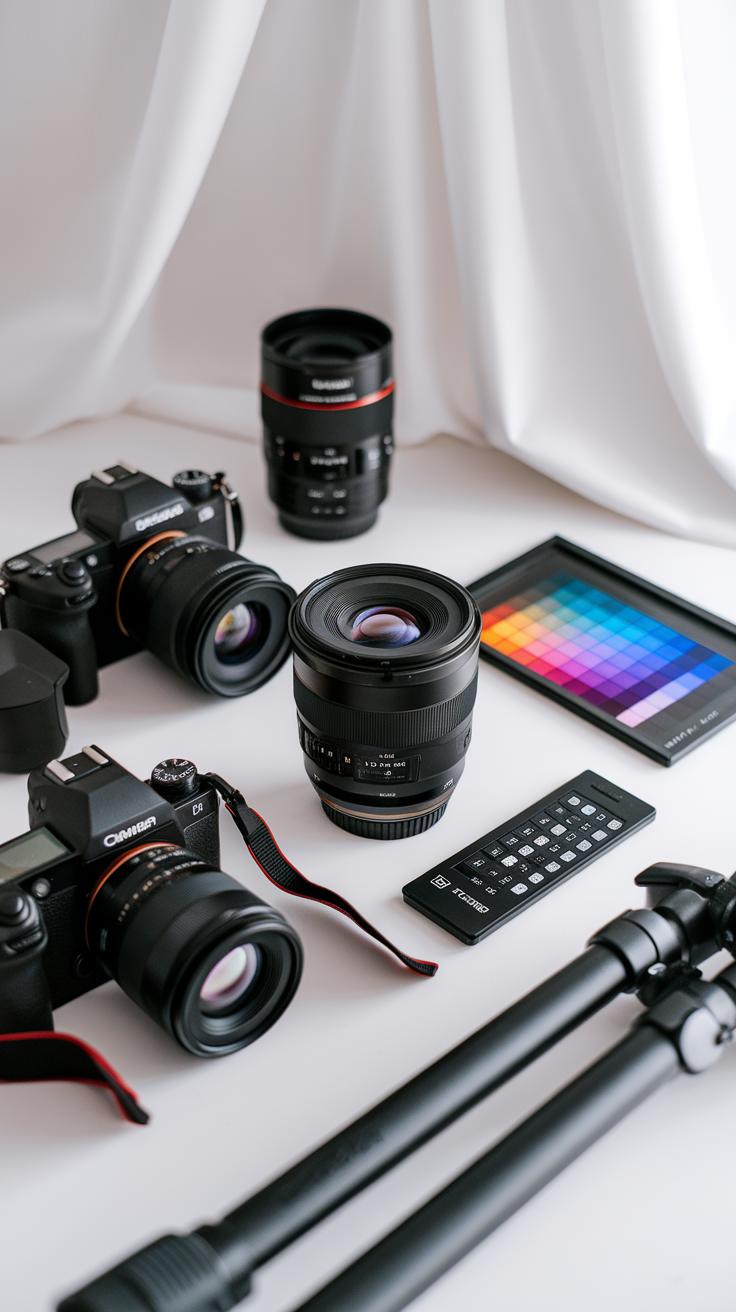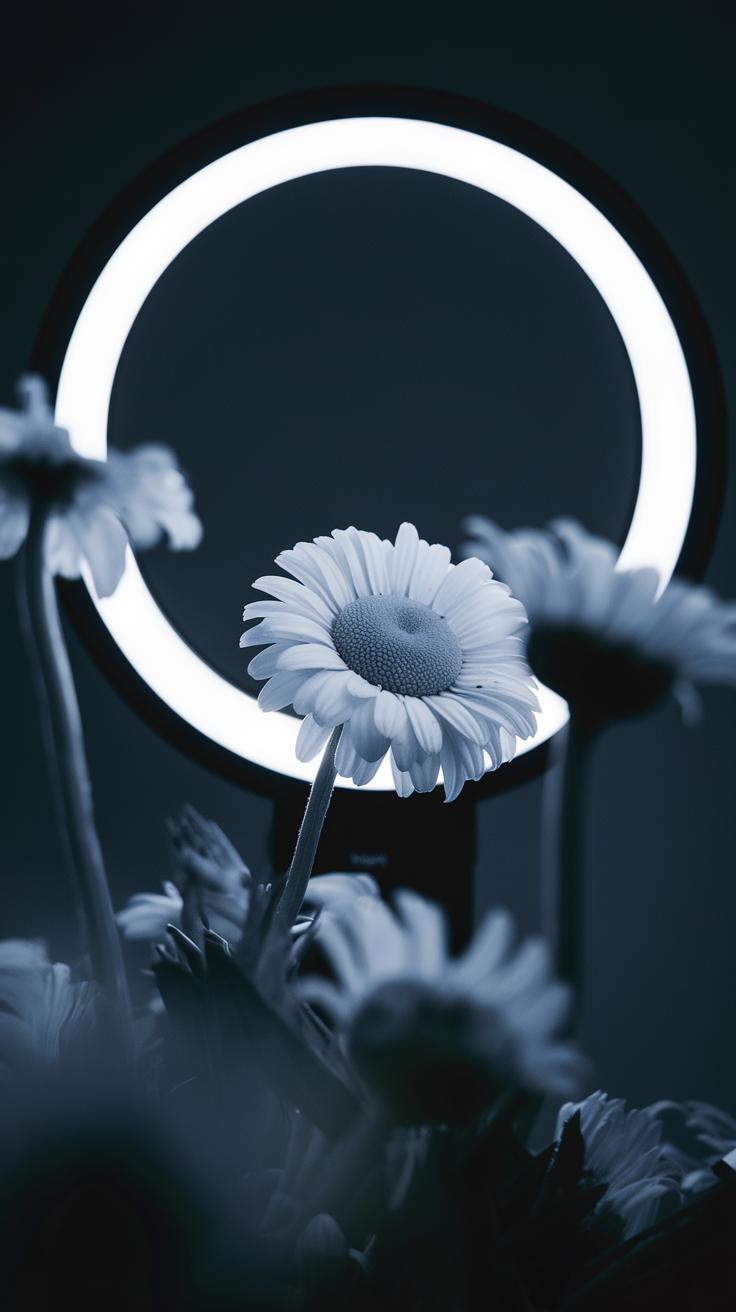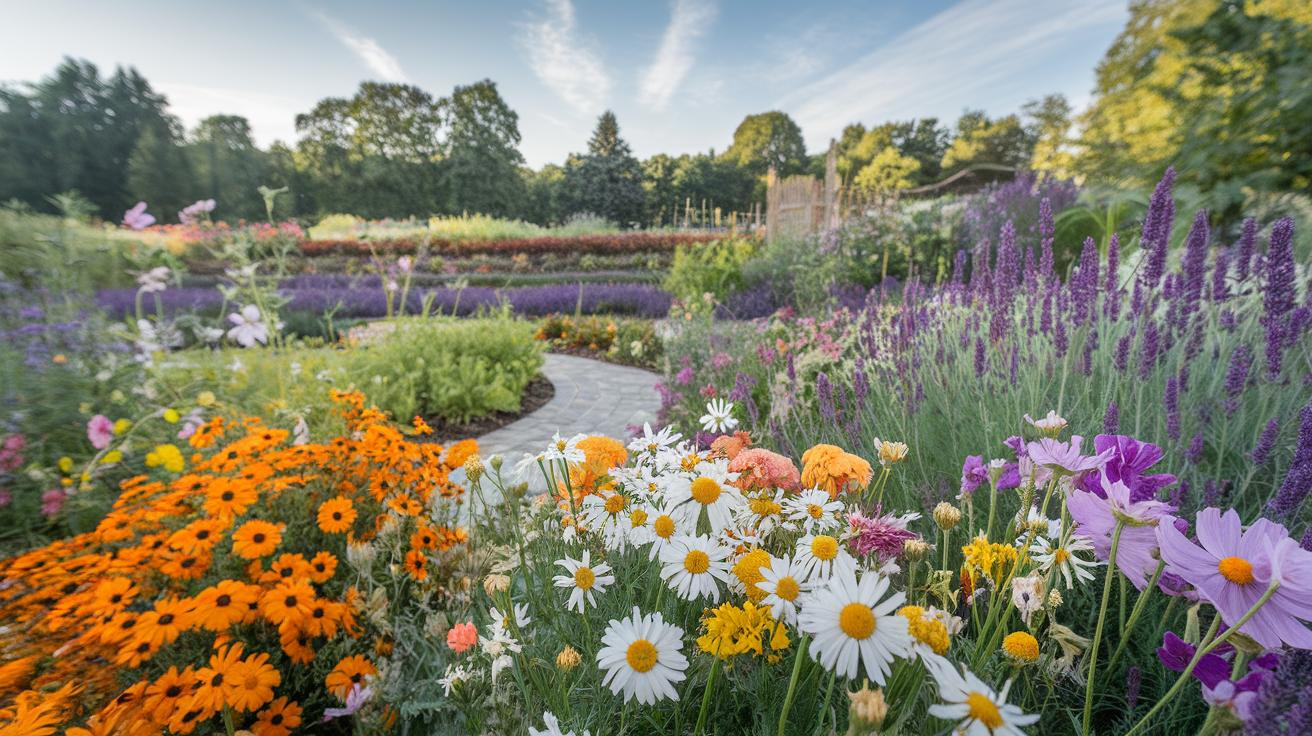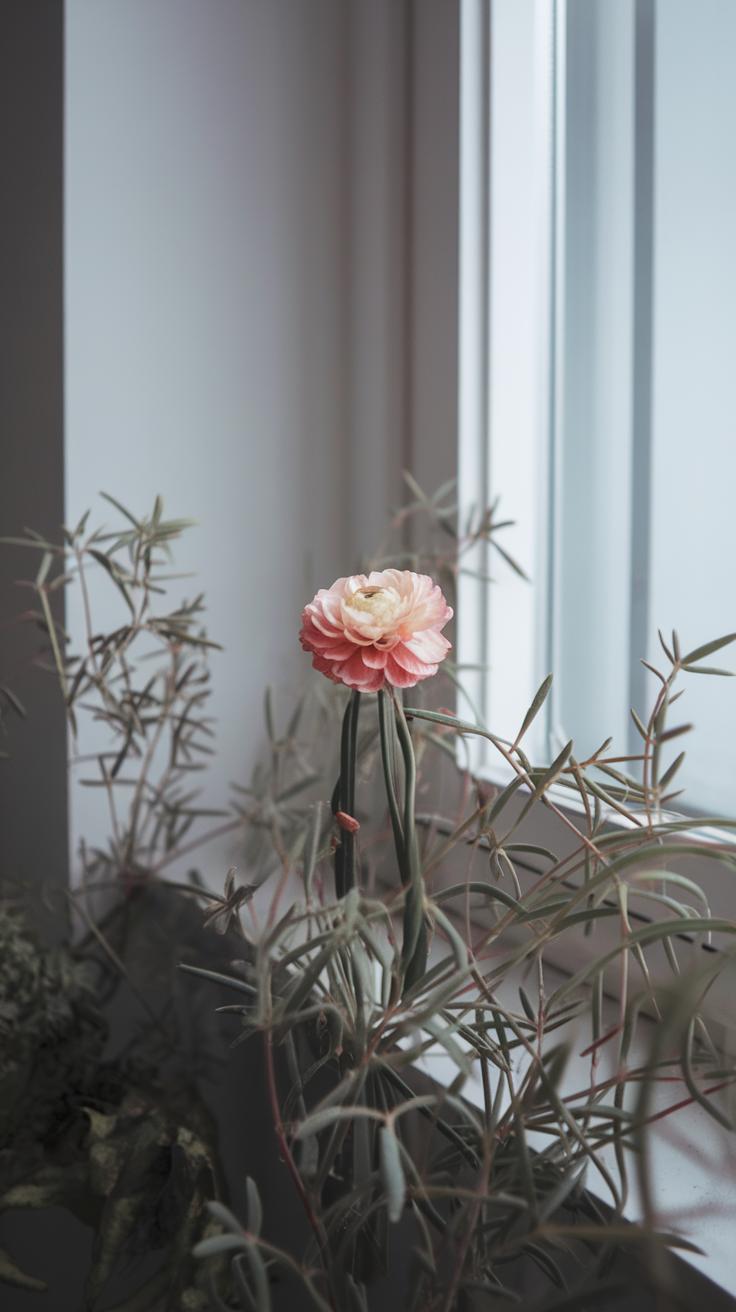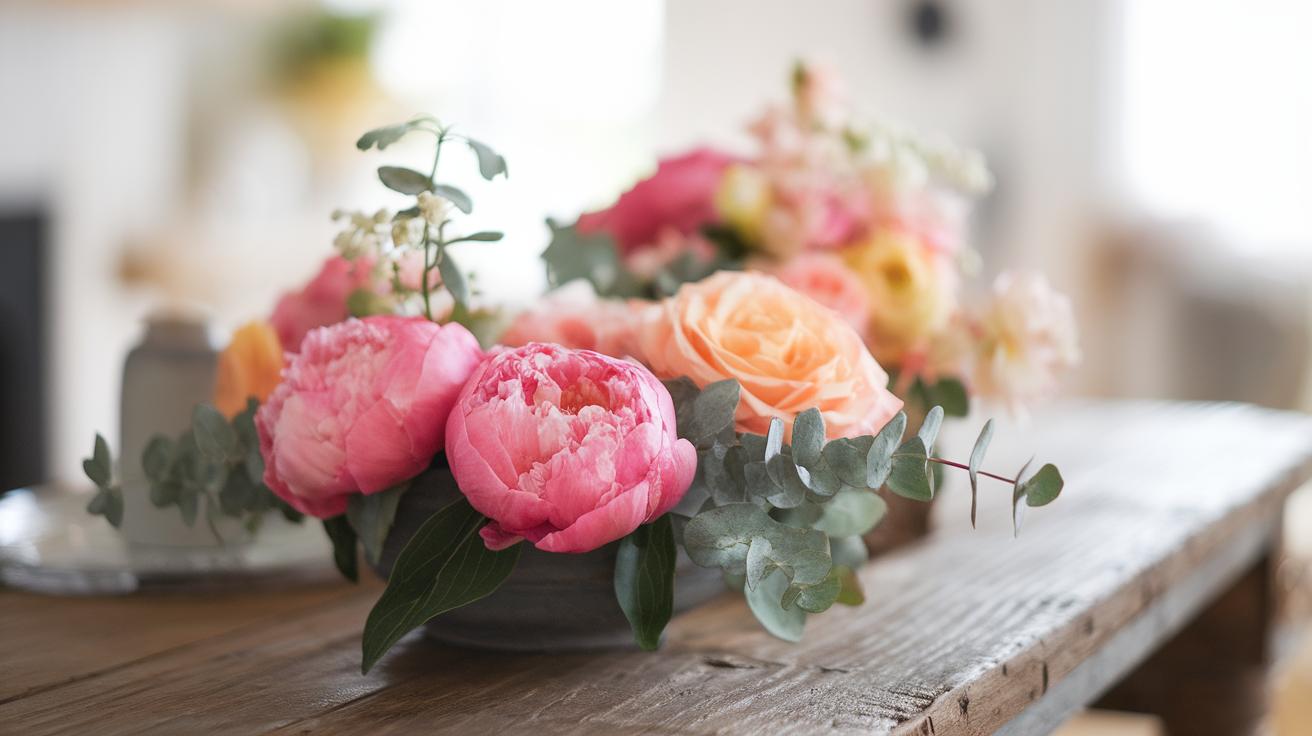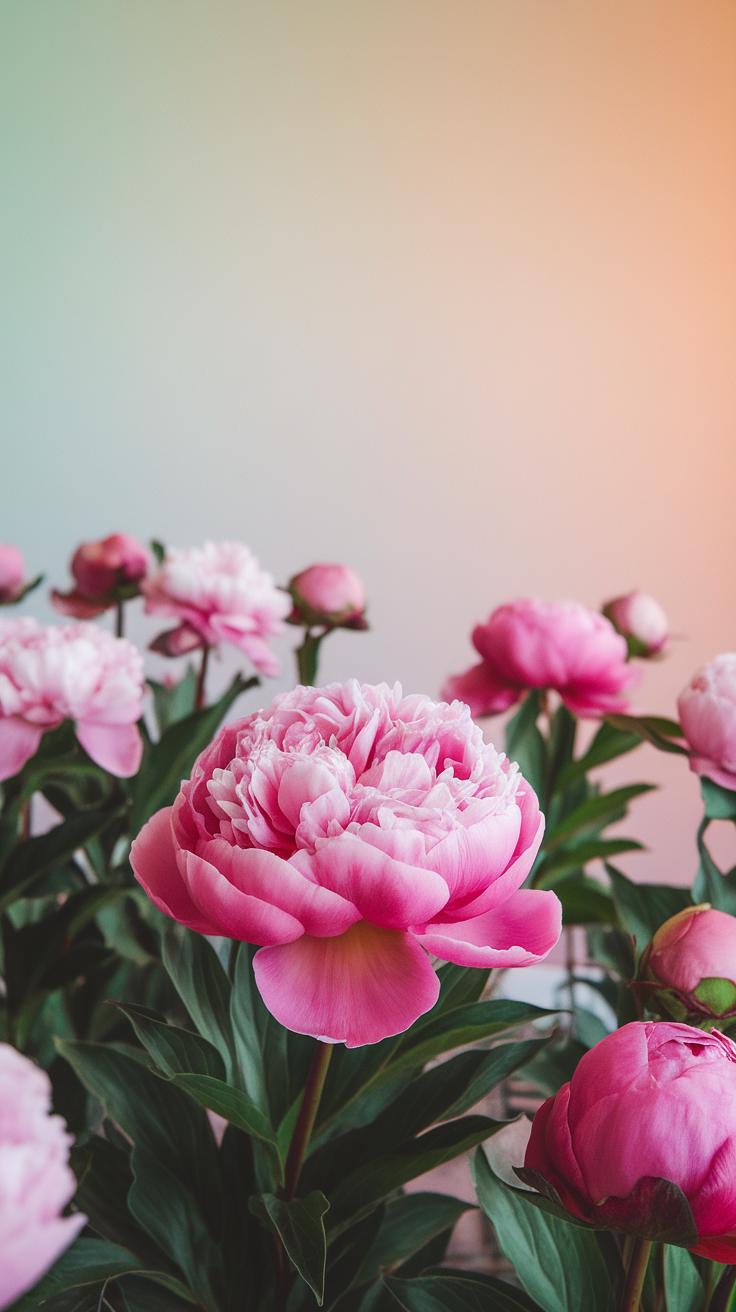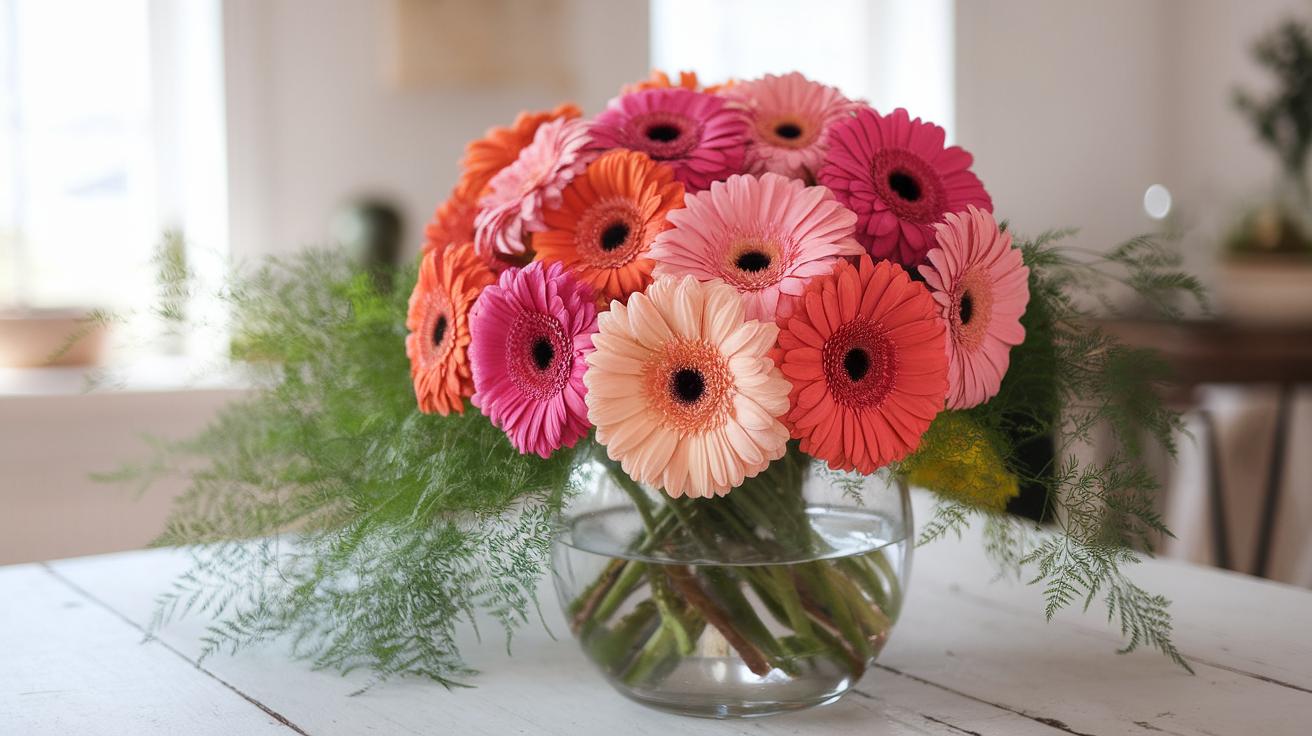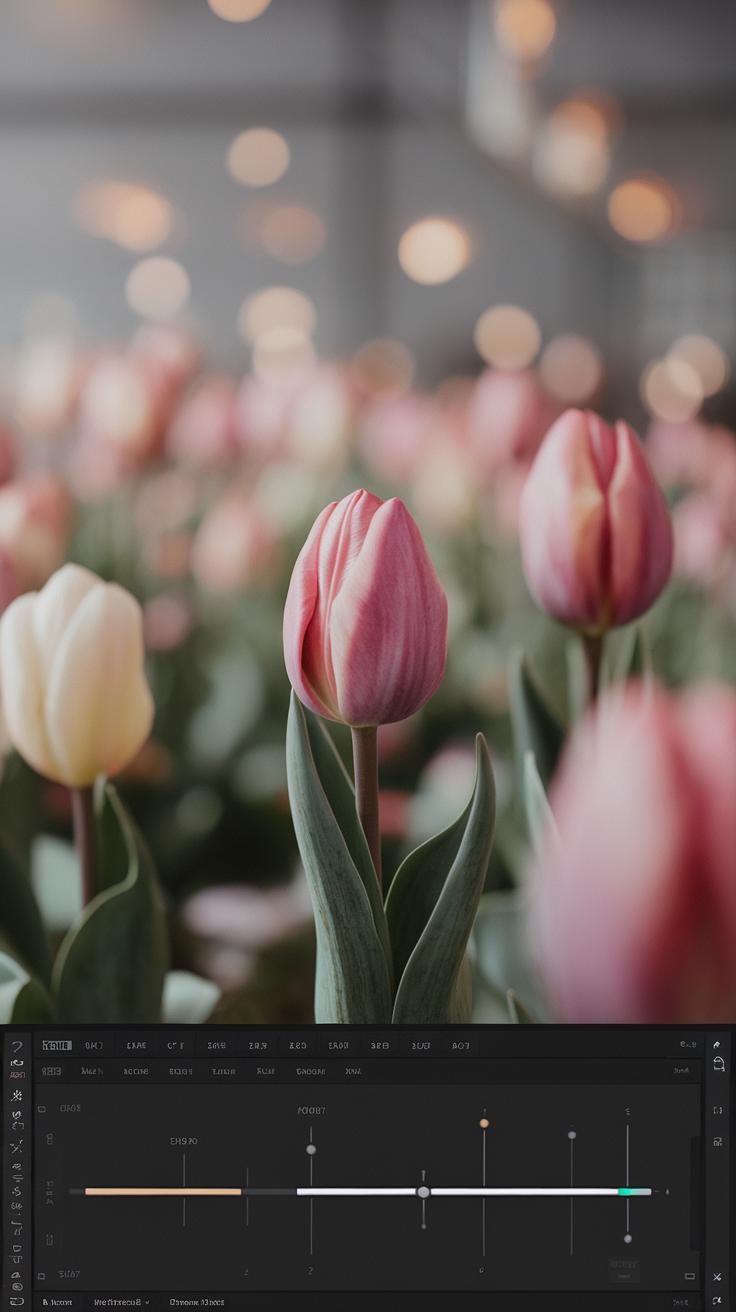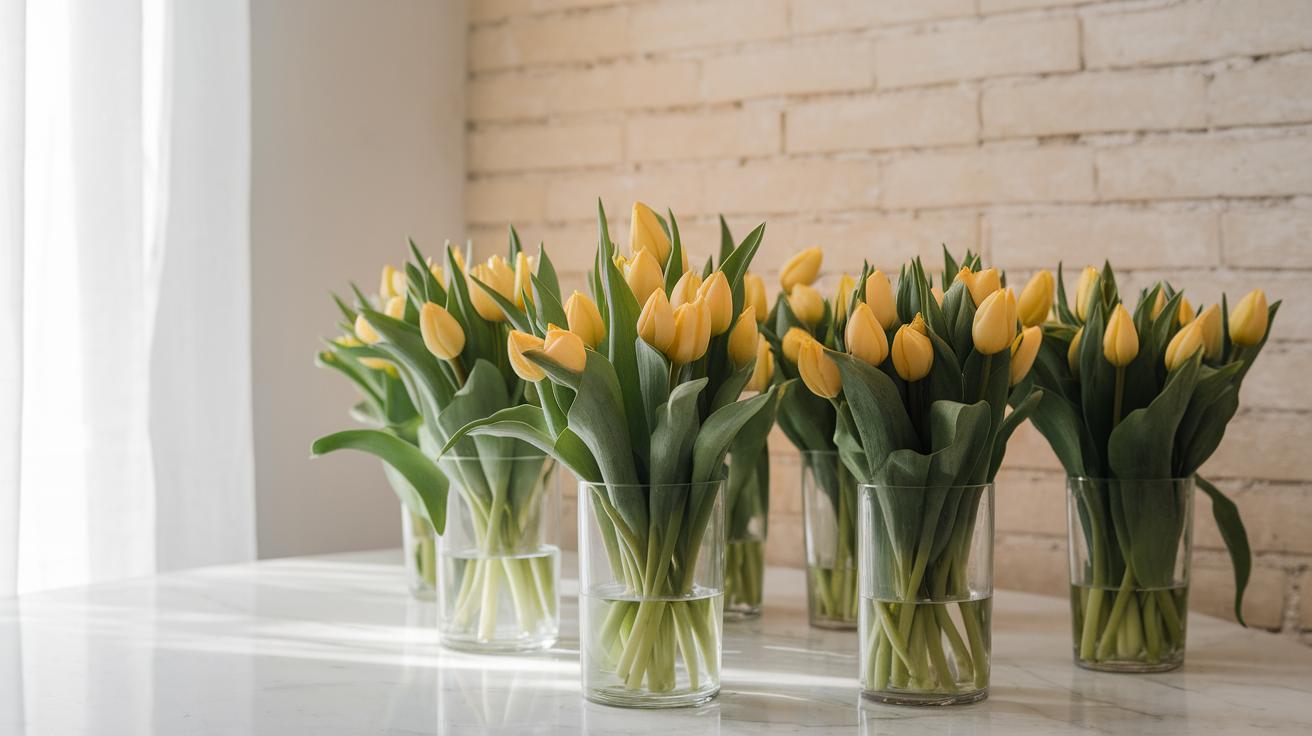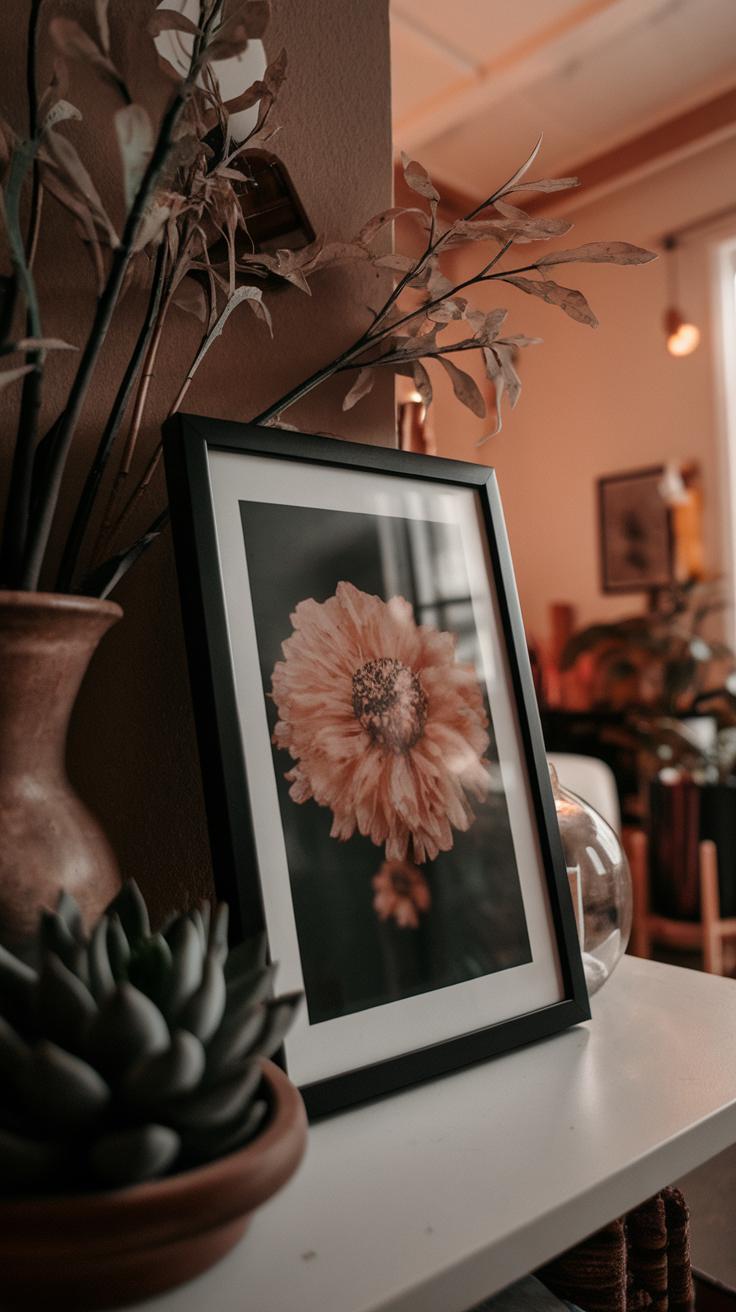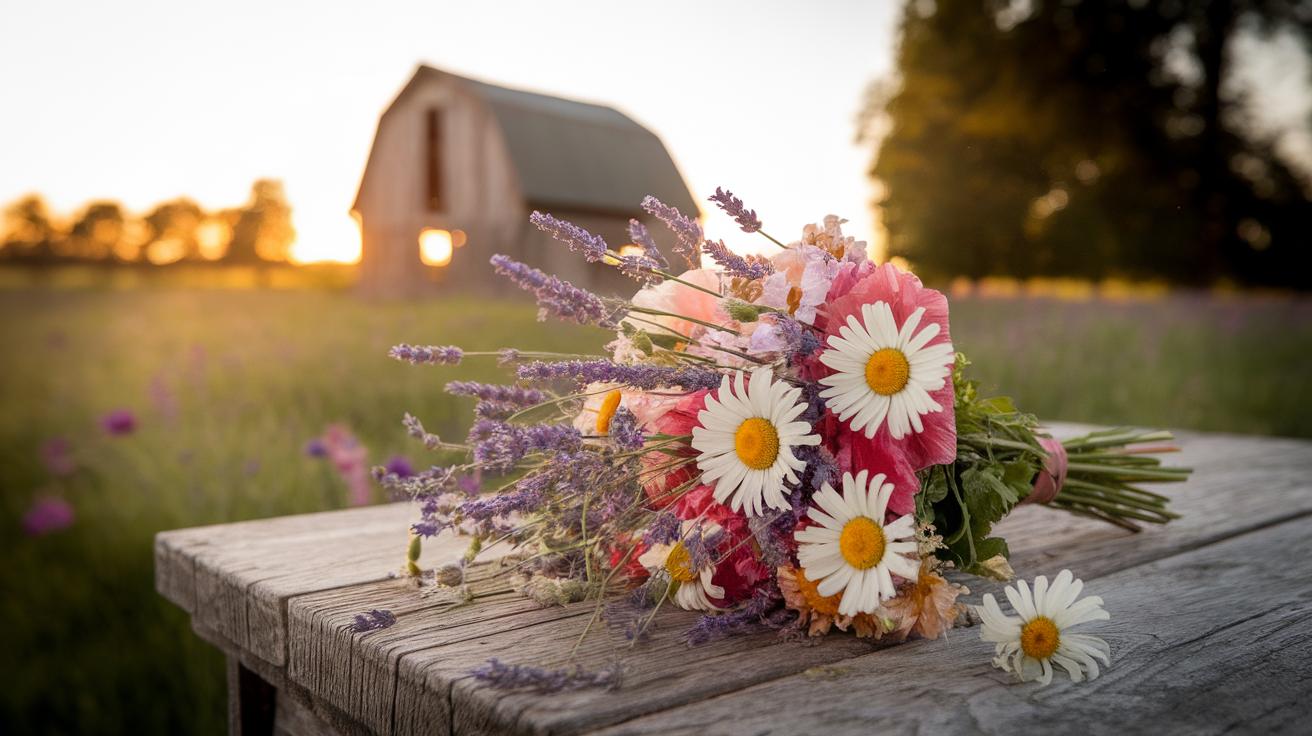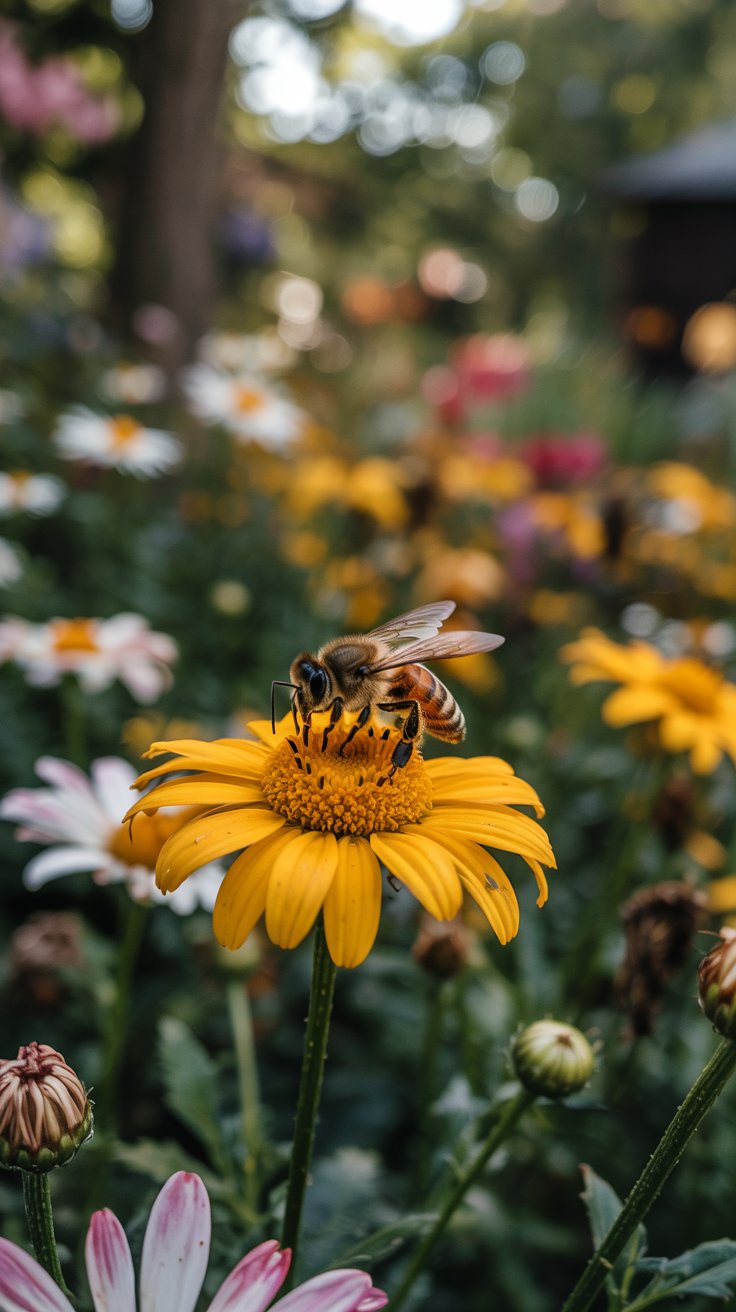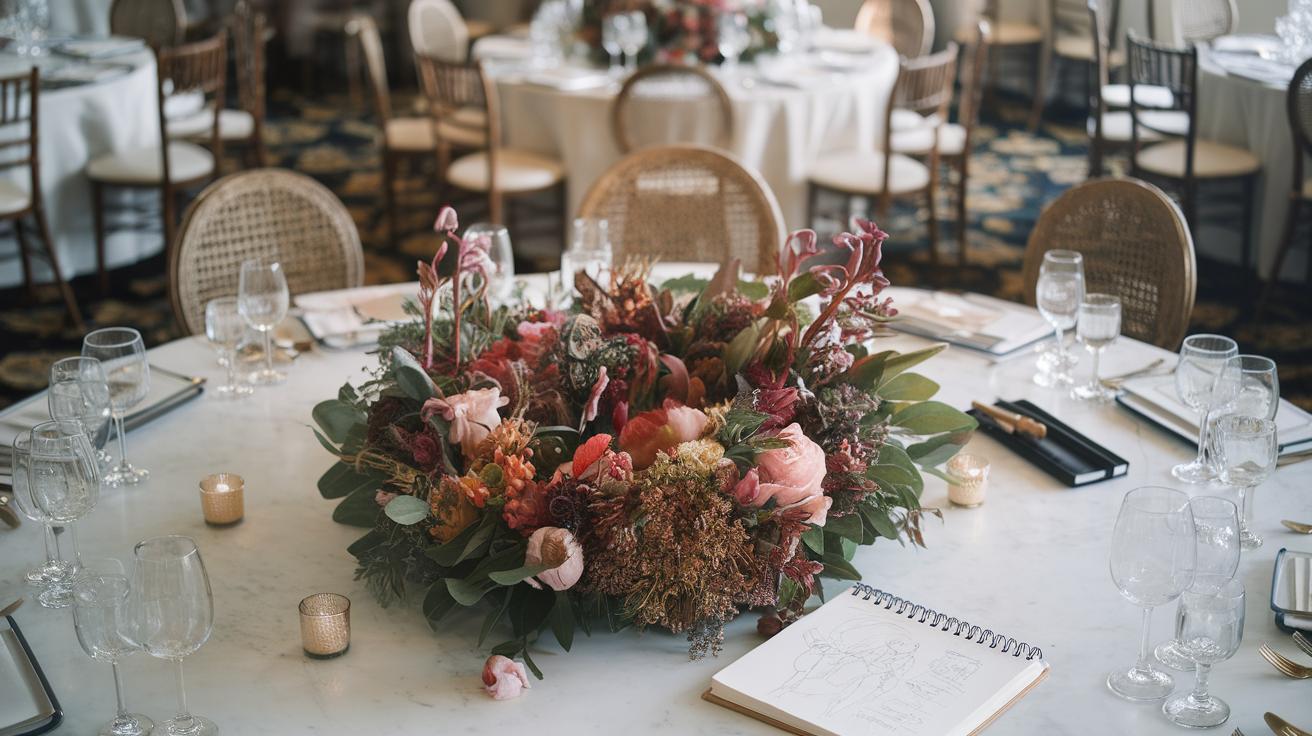Introduction
Flowers represent beauty and vitality in nature. Capturing their essence in photographs allows you to share this beauty with others. Each flower has a unique character and story, making it essential to understand how to photograph them effectively. This article explores practical techniques to enhance your flower photography. From lighting and composition to post-processing, you’ll discover how to make your flower images stand out.
Understanding the anatomy of a flower also helps in appreciating its intricacies. Flowers serve vital roles in nature, including attracting pollinators through their colors and scents. By learning how to photograph flowers well, you not only create stunning images but also deepen your connection to nature. This guide will provide actionable insights to help you capture stunning flower photographs.
Understanding Flower Anatomy
Each flower has a unique structure that plays a crucial role in its beauty and function. A flower typically consists of several important parts, including petals, sepals, stamens, and carpels. These components work together to attract pollinators and enable reproduction.
Parts of a Flower
Petals are often the most vibrant part of a flower. They attract insects and birds, helping with pollination. Sepals protect the flower bud before it blooms. They serve as a protective layer that keeps the delicate petals safe. Stamens produce pollen. Each stamen contains an anther at the top where pollen forms. Carpels, or pistils, house the ovules. They allow the flower to produce seeds after pollination.
Function and Beauty
The arrangement and color of these parts contribute to the flower’s visual appeal. Have you ever noticed how certain colors attract specific pollinators? Understanding these aspects enhances your photography. When you capture a flower, focus on these details. This attention adds depth and context to your images. You are not just taking a picture of a flower; you are capturing its role in nature.
Choosing the Right Equipment
Cameras for Flower Photography
Selecting the right camera plays a key role in flower photography. Digital single-lens reflex (DSLR) cameras and mirrorless models offer great options. These cameras allow for interchangeable lenses and manual settings. You can adjust the aperture, shutter speed, and ISO, which helps in creating striking images. For beginners, a good entry-level DSLR, like the Nikon D3500, provides excellent image quality without being overwhelming.
Essential Lenses
Choosing the right lens significantly affects how you capture flowers. Macro lenses, specifically designed for close-up shots, excel in revealing details. A 100mm macro lens can showcase the intricate patterns on petals. Wide-angle lenses are useful for photographing flowers in their environment. Think about how you want to present the flower. Would you prefer tight close-ups or wider context shots? Your choice of lens can help convey that message.
Key Features
Look for lenses that feature image stabilization, which can help reduce blur from camera shake. Good autofocus is also essential for capturing flowers quickly, especially when there’s wind. Experiment with different focal lengths to find what works best for your style. Do you want to emphasize the flower or include its surroundings? Your equipment can help you shape that narrative and bring out the beauty of every bloom.
Lighting Techniques
Using Natural and Artificial Light
Natural light plays a key role in flower photography. The soft light from the early morning or late afternoon creates gentle shadows and highlights. This light enhances the colors and textures of flowers, bringing out their natural beauty. You can capture stunning images by shooting during the golden hour, which occurs shortly after sunrise or before sunset. The warm tones add depth to your photos.
Artificial light also has its place. If you shoot indoors or during cloudy days, use a flash or continuous lights to brighten the flower without overpowering it. Diffusers can soften the harshness of artificial light, resulting in a more pleasing effect. Consider experimenting with both types of light to see how they impact your images. What kind of mood do you want to create?
Best Times for Shooting
The best times for photographing flowers hinge on your goals. Shooting in the morning allows for dew to cling to petals, adding a fresh touch to your images. The soft light during this time reduces glare and harsh contrasts. Afternoon light can produce bright images but watch out for harsh shadows. Overcast days can be ideal too, as clouds act as a natural diffuser, creating an even light on your subject.
Try planning your shoots based on these times. Keeping a journal of when you capture your best images may help you discover your favorite moments. How might these elements affect the essence of your flower photography?
Composition Fundamentals
Understanding Composition in Flower Photography
Composition is vital in photography, especially when capturing flowers. You can transform a simple flower photo into a captivating image by following basic rules. The rule of thirds is a good starting point. Imagine dividing your frame into nine equal parts using two vertical and two horizontal lines. Position your flower along these lines or at their intersections. This technique creates balance and draws attention to your subject.
Leading lines guide the viewer’s eye to the flower. Roads, pathways, or stems can serve as these lines. For example, position your camera so that the flower sits at the end of a line, leading viewers into the scene. Do you use lines in your photos? Experiment with different angles to see how they change your composition.
Practical Tips for Better Flower Photos
Try to fill the frame with your subject. A close-up can highlight the flower’s details, making it more striking. Avoid placing your flower in the center of the shot. Off-center composition creates interest and makes the image more dynamic. Consider your background too. A clean, unobtrusive background helps your flower stand out. Take the time to adjust your position and settings for a more visually pleasing outcome. Each element in your frame contributes to the story you’re telling with your flower photo.
Macro Photography Techniques
Understanding Macro Photography
Macro photography captures the tiny details of flowers that often go unnoticed. This technique allows you to highlight the intricate textures and patterns of petals, stamens, and pistils. The key to effective macro photography lies in magnifying small subjects while maintaining sharp focus. You can create stunning images that reveal the beauty of flowers in a new light.
Settings and Techniques
To achieve sharp images, start with a macro lens or extension tubes. Choose a low aperture, like f/8 or f/11, for depth of field. Keep your shutter speed high to prevent motion blur. A tripod can stabilize your camera, especially in low light. Focus on one specific area of the flower, like a petal edge or a water droplet. Experiment with lighting techniques, using natural light or reflectors to illuminate your subject. Remember, patience is key. Occasionally, wait for the right moment, especially with wind or moving subjects. What details will you capture in your next shot?
Background Choices
How Background Choices Affect Flower Photography
Your choice of background plays a significant role in floral photography. The right background can highlight the flower’s colors, shape, and texture. A busy or distracting background can take attention away from the subject. When photographing a bright flower, consider a darker or more muted background to create contrast. For instance, a red rose stands out against a green or black backdrop but gets lost in a colorful garden setting.
Look for backgrounds with soft textures or blurred elements. Natural scenes, like leaves or grass, often work well. You might even experiment with colored paper or fabric behind your flowers. Think about how you can enhance your subject by choosing a background that complements its beauty.
Finding or Creating Complementary Backgrounds
Look for backgrounds that either match or contrast the colors of your flowers. Sometimes, nature provides perfect backdrops. You could use a garden wall covered in ivy or a still pond for reflection. If these aren’t options, create your own. You can bring items like colored sheets or cardboard to your shooting location. A slight shift in angle can also make a difference, allowing you to take advantage of surrounding elements.
Consider how the background interacts with your flower when composing the shot. Do you want a clean look, or a rich scene that tells a story? Avoid clutter that steals focus. The right background can elevate your photo, turning a simple image into something special.
PostProcessing Basics
Enhancing Flower Photography
Post-processing can transform a standard flower photo into something remarkable. You want to focus on adjustments that boost color, contrast, and clarity. Start with color correction. Use software to adjust the white balance, ensuring the flower’s true colors pop. For example, a slight increase in saturation can make a vibrant red rose stand out.
Next, adjust the contrast. Increasing contrast can add depth to your photos, making petals look more defined. This small change can highlight the intricate details of a flower’s structure. Clarity is another key adjustment. Enhancing clarity helps reveal the texture of petals, making them appear sharper and more appealing.
Refining Your Images
Experiment with these adjustments. Try different levels to see what works best for your flower subjects. You may find that adjusting exposure also improves your images, especially if you’ve shot in bright sunlight. Ask yourself what elements you want to highlight. What feelings do you want to evoke in your viewers? Sharing your refined photos with friends or online communities can provide valuable feedback.
Showcasing Your Work
Displaying Your Flower Photographs
Presenting your flower photographs effectively can amplify their impact. Start by selecting the right format. Print your images on high-quality paper for a classic display. Framing your photos elevates their aesthetics and makes them suitable for walls. Consider using simple frames that highlight your work.
Digital galleries also work well. Create a website or blog to showcase your portfolio. Social media platforms can help you reach a larger audience. Share your images with appropriate tags and engage with followers. When you post consistently, you build a community around your work.
The Importance of Sharing Your Work
Sharing your photographs is vital for growth. It invites feedback and new perspectives. What do viewers notice first? What stories do your images tell them? Participate in local exhibitions or contests. These platforms offer opportunities to connect with other photographers and nature lovers.
Consider printing a photo book of your best work. This tangible collection can serve as a conversation starter. When you share your passion for capturing flowers, you inspire others. Your unique perspective might even encourage someone to see nature differently. How will you showcase your beautiful flower photographs today?
Connecting with Nature
The Emotional Bond
Photography helps you form a bond with nature. Taking images of flowers creates a moment for reflection. When you focus on a flower, you immerse yourself in the details. Have you ever noticed the tiny patterns on a petal or the way sunlight plays on its surface? That awareness fosters appreciation. It reminds you of the beauty that often goes unnoticed.
Mindfulness in Observation
Practice mindfulness when photographing flowers. Slow down. Observe your surroundings. Notice how the flower interacts with elements like wind or light. This connection enhances your photography. Try focusing on a single flower and its environment for a few minutes. What emotions does the scene evoke? Your camera becomes an extension of your experience. Each click captures not just an image but a feeling. You connect deeply with the natural world around you.
Conclusions
Mastering flower photography combines technical skills with a heartfelt appreciation for nature. As you practice, focus on the details, like colors and textures. Experiment with different angles and lighting to capture the flower’s true essence. Over time, you will develop your style and perspective.
By applying the techniques outlined in this article, you can create compelling images that resonate with viewers. Share your passion through your photographs and inspire others to notice the beauty of flowers. Remember, every bloom has a story waiting to be told through your lens.

